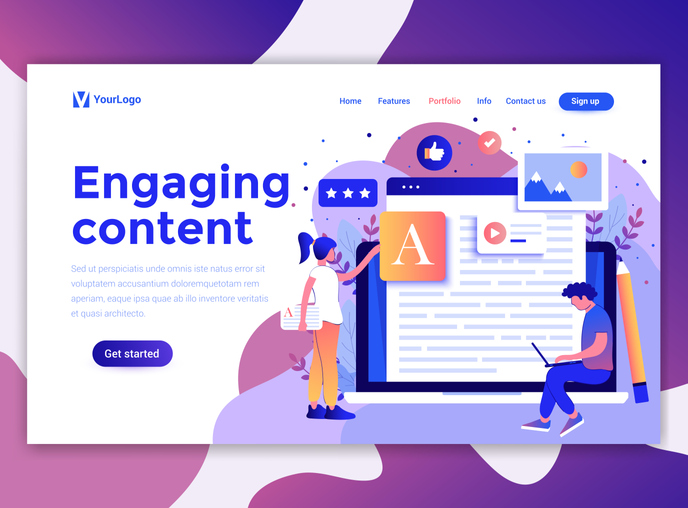
LinkedIn Content Creation and Posting Hesitancy
May 6, 2021
Job Hunting Tips for New Grads
May 25, 2021Are you changing jobs or considering a career shift? As you prepare to make that move remember that your resume and LinkedIn profile need to reflect where you are headed and not simply recap where you’ve been. This is true regardless of whether you are looking for your first professional position or pivoting to something new.
Knowing that is one thing, doing it can present a real challenge.
Your resume and LinkedIn profile need to reflect where you are headed and not simply recap where you’ve been.
Here are some suggestions for tailoring your resume and LinkedIn profile so that they propel you forward rather than hold you back.
First, look to your network to see who has made a similar pivot or has a comparable role. Talk to them about the required skills, experience, or related background necessary for success in the job. Share your experience and ask for ideas for framing your background to highlight commonalities and relevant expertise.
Review eight to 10 job descriptions for positions of interest. Look for similarities in job requirements. Underline keywords or phrases of note that you can include in your resume. If you have questions about qualifications, terminology, or educational requirements, check with your network for clarification.
Once you’ve done some initial homework, reflect on your career history. Are there elements of your work or volunteer experience that could be played up? Are you ignoring or forgetting skills that could be valuable in the new role?
One of my clients was considering a switch from technical lead to program manager. Initially, he thought he could just change a few words here and there on his resume and LinkedIn profile and begin applying for program manager positions. Not if he expected to get any interviews! If he was serious about changing course, he needed to reframe his experience to reflect responsibilities applicable to program management: big picture thinking, budgeting, scheduling, and working cross-functionally.
This required bringing to the forefront tasks and responsibilities that were not part of his primary function but which he never-the-less performed. It meant reframing his accomplishments to reflect the program management angle rather than a technical lead perspective. Challenging? Yes, but necessary if he is going to get any traction in the new direction.
Once he has a working draft of his resume, he needs to put it side-by-side with the description of his dream job to see what is still missing. Then, fill in the holes and compare the two again. When he thinks he has nailed it, he can use jobscan.co or other similar AI tool to score it against an actual job description of interest. When his resume scores a match of 80 percent or higher, he can feel confident that his marketing tools are strong enough to attract attention.
If this sounds like a lot of work, it is. The plus side of this hard work is that rather than feeling like an imposter he will see himself as qualified for the new role. His marketing materials will get the consideration they deserve and when he is invited to meet the hiring manager he can interview with confidence.
©2021 Mary Jeanne Vincent. All rights reserved.




